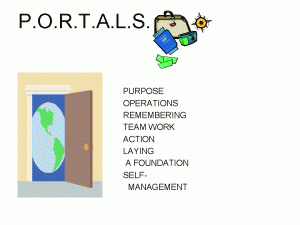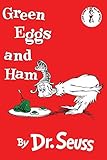How People Learn: Brain, Mind, Experience, and School, Committee on Development in the Science of Learning:
John D. Bransford Ann L. Brown and Rodney R. Cocking, Eds., National Academy Press, 2000
| P.O.R.T.A.L.S: A lesson planning format for Opening Doors to the World of Learning | Third in a series connecting frameworks to lesson planning. |
| PURPOSE | |
| OPERATIONS | |
| REMEMBERING
“To develop competence in an area of inquiry, students must: (a) have a deep foundation of factual knowledge [L], (b) understand facts and ideas in the context of a conceptual framework [L], and (c) organize knowledge [O] in ways that facilitate retrieval and application [A]. |
|
| TEAM WORK | |
| ACTION | |
| LAYING A FOUNDATION
“Kids come to the classroom with preconceptions about how the world works. If their initial understanding is not engaged, they may fail to grasp the new concepts and information they are taught, and they may learn them for purposes [P] of a test but revert to their preconceptions outside the classroom.”* |
|
| SELF-MANAGEMENT
“A metacognitive approach to instruction can help students learn to take control of their own learning by defining learning goals [P] and monitoring their progress in achieving them.”* |
|
*3 Key Findings
To see the full text, use the links below.
Http://www.nap.edu/read/9853/chapter/1
Additional copies of this report are available from: National Academy Press 2101 Constitution Avenue, N.W. Washington, D.C. 20418 Call 800–624–6242 or 202–334–3313 (in the Washington Metropolitan Area).
This volume is also available on line at http://www.nap.edu
Contents









Leave a Reply